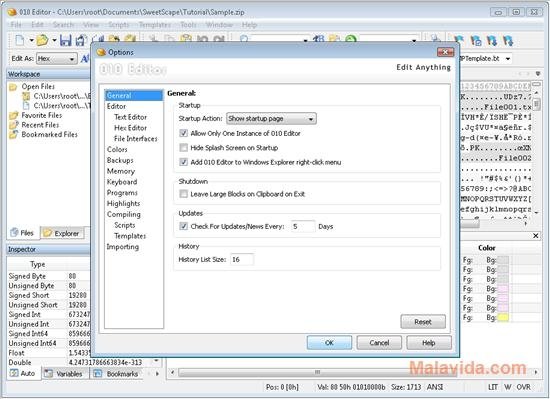

( Look here if you need a primer or refreshment on binary/hex notation.) A hex editor is quite versatile and can be used to view, edit, and write files on the binary level. The most general tool when working with binary files is a hex editor which displays binary data as a sequence of hex characters. Apart from that, creating binary files by hand can be useful for all kinds of documentation like describing issues ( example, another example), or to create test data for file format-related tools like JHOVE ( example). Here is a bunch of example files I built for that purpose. I want to build something from scratch then, play around, try out different variants, intentionally break (and fix) things. When I really want to know how a file format is structured, where and in which form it stores its payload and metadata, in which parts it is robust or fragile, where it has ambiguous edge cases, … then reading the file format specification alone is not enough. The TIFF file is here.) Why?įirst off, why would anyone want to build binary files by hand? For me, the most important reason is learning about file formats.

(Note that the image shown here is not a TIFF but a PNG file because that’s easier to display in most web browsers.

The file we are going to build will look rather boring, but that’s not the point because we are not so much interested in the image content but in the file structure.
#010 editor pointers how to#
It explains how to read a file format specification (in this example, TIFF) and based on that build a minimal binary file by hand. This post is based on a talk I gave at iPres 2022 ( slides).


 0 kommentar(er)
0 kommentar(er)
